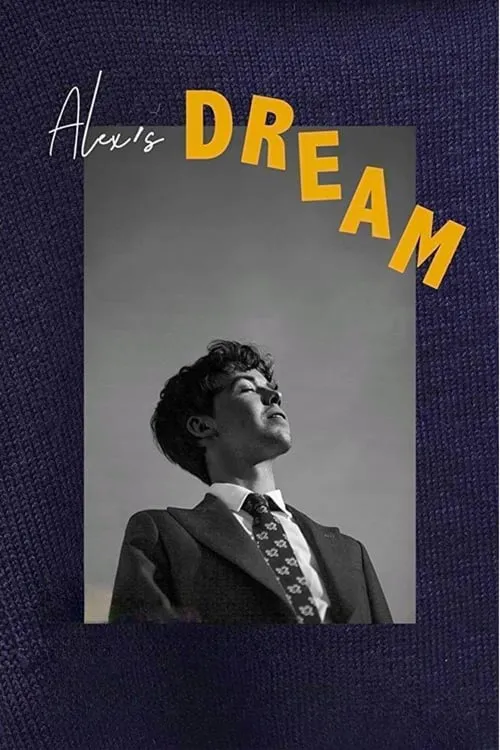Alex's Dream

Plot
Alex's Dream is a 2018 British film directed by Peter Strickland, known for his visually striking and often surreal style. The movie presents a thought-provoking exploration of the human psyche through the lens of a dream, blurring the lines between the subconscious mind and the external world. The film begins with Alex arriving at a party, uninvited, and seemingly out of place. As he navigates the crowded space, he encounters a cast of eccentric and often unsettling characters, each with their own distinct narrative threads and personalities. The interactions are, by design, excruciating, leaving Alex feeling both disoriented and vulnerable. It is in this fragile state that Alex begins to recount a dream, which he has had previously. The dream sequence unfolds through a mix of surreal imagery, fragmented narrative, and haunting soundscapes. As the story within the dream progresses, we are introduced to various enigmatic figures, including a talking dog and a fisherman with a penchant for dark, folkloric tales. Throughout the dream sequence, Alex's narrative is interspersed with vignettes from the party, blurring the lines between reality and fantasy. This non-linear storytelling style is a hallmark of Strickland's direction, creating a sense of disorientation and challenging the viewer to piece together the disparate elements. At its core, Alex's Dream is a meditation on oneiric experience in cinema, drawing parallels between the subconscious mind and the creative process. Strickland is not just exploring the nature of dreams, but also the role of the filmmaker as a conduit for the unconscious. By using the dream sequence as a central narrative device, the film raises questions about the authenticity of creative expression and the blurred lines between reality and fiction. One of the most striking aspects of Alex's Dream is its portrayal of mental health. Alex himself is a complex, multi-faceted character, struggling to navigate the external world and his own inner experiences. His interactions with others are often stilted or confrontational, revealing a deep-seated sense of disconnection and disorientation. The film's exploration of mental health is, by design, subtle and oblique, inviting the viewer to draw their own conclusions about Alex's struggles. The use of the talking dog and the fisherman as recurring figures within the dream sequence is also noteworthy. These characters embody a sense of mythic symbolism, evoking a rich tapestry of folklore and mythology. The talking dog, in particular, serves as a symbol of innocence and wisdom, speaking to the viewer in a language that is both simple and profound. Throughout the film, Strickland employs a distinctive visual style, characterized by lush colors, atmospheric lighting, and a haunting soundtrack. The cinematography is often breathtaking, capturing the surreal beauty of the dream sequence and the eccentricity of the partygoers. The film's production design is equally impressive, incorporating a range of props and set pieces that are both eclectic and haunting. In its final act, Alex's Dream descends into a realm of pure abstraction, with the boundaries between reality and fantasy dissolving altogether. The film's climactic sequence is a masterclass in cinematic storytelling, incorporating a range of visual and audio elements to create a truly immersive experience. Ultimately, Alex's Dream is a thought-provoking and visually stunning exploration of the human psyche, using the dream sequence as a lens through which to examine the complexities of mental health, creativity, and the external world. By blurring the lines between reality and fantasy, Strickland creates a cinematic experience that is both unsettling and mesmerizing, inviting the viewer to step into the dream world and explore the depths of their own unconscious mind.
Reviews
Recommendations



